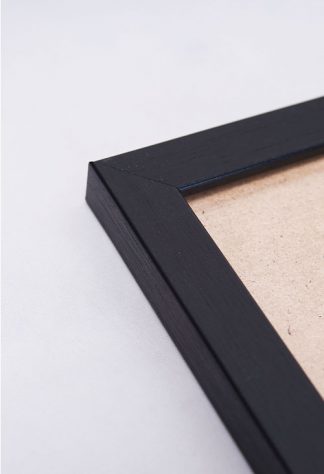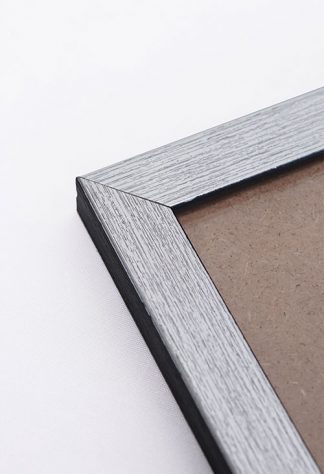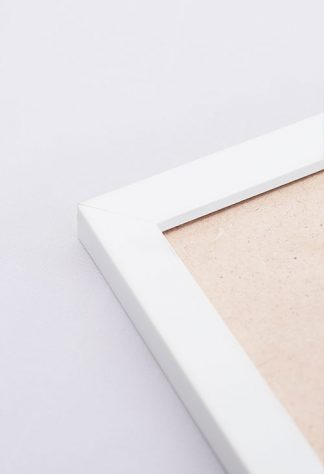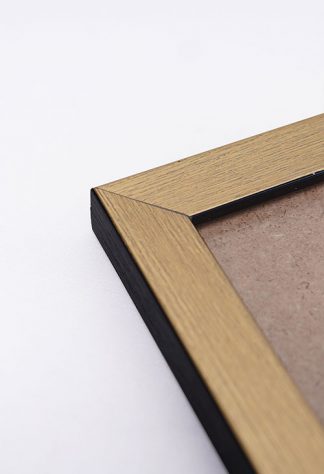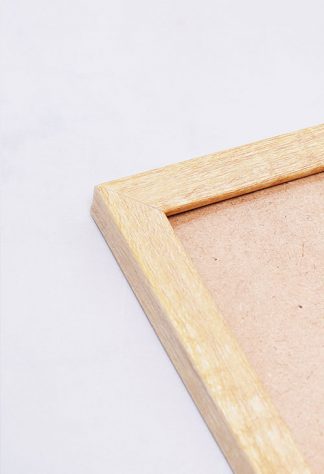
Step into the serene beauty of nature with our Secret Valley Trail art print. The lush greenery of the valley trail comes alive in this stunning piece, inviting you to journey through its peaceful landscape. Whether you hang it in your living room, bedroom, or office, this print will bring fresh air and tranquility to any space. Let the valley trail’s vibrant colors and winding path transport you to a place of calm and relaxation whenever you need a moment of escape.

Introducing our mesmerizing “abstract aquamarine” acrylic painting poster print, perfect for adding a touch of oceanic charm to any space. This piece features a serene scene of a boat gracefully sailing through wavy waters, all bathed in beautiful hues of blue. The artist has captured the essence of the sea with intricate brushstrokes and a soothing color palette, creating a sense of calm and tranquility.

Looking to add a pop of color to your space? Check out this painted palette poster print! Bursting with vibrant hues, this piece will brighten up any room. Whether you’re a fan of bold primaries or soft pastels, this print has it all. With a mix of shades and tones, it’s like having a whole rainbow at your fingertips. Hang it up in your living room, bedroom, or office for an instant mood lift.
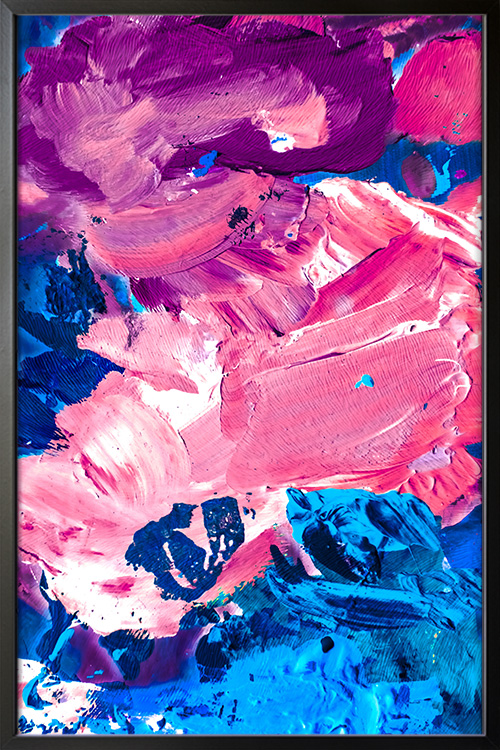
Add a whimsical touch to your walls with our Pink and Teal Tango poster print. This eye-catching piece features a beautiful blend of soft pink and vibrant teal colors, creating a harmonious dance of hues that will instantly brighten up any room.
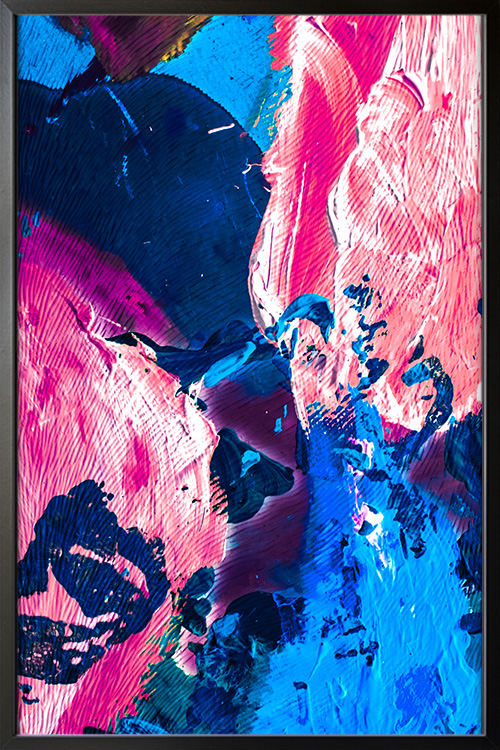
Get ready to add a pop of color to your walls with our Pink and Teal Tango poster print! This vibrant piece showcases a beautiful blend of pink and teal colors that will instantly liven up any room. Whether you’re looking to bring a touch of modern flair to your space or simply want to add a splash of color, this poster is the perfect choice.

Looking to add a pop of color to your wall? Look no further than our Pink and Teal Tango poster print! This vibrant piece showcases a beautiful blend of pink and teal colors that will brighten any room. The bold and energetic combination of pink and teal will add a modern and trendy vibe to your decor.
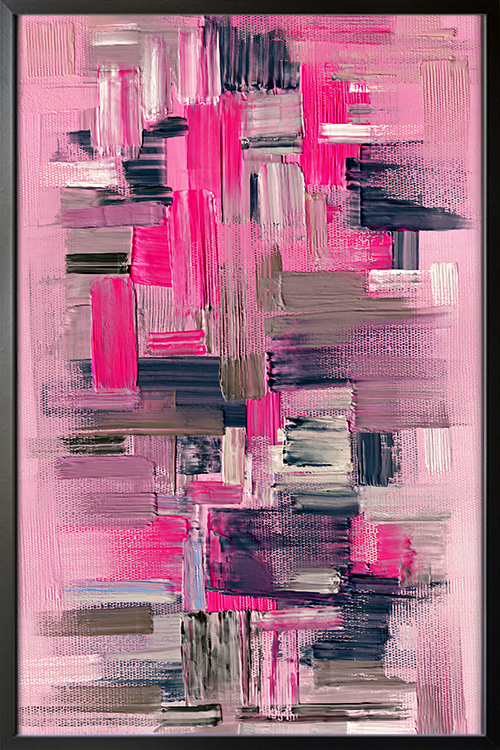
This stunning piece features a beautiful painting showcasing a blend of various pink hues and splashes of other vibrant colors. This poster will do the trick if you want to brighten up your bedroom, add a touch of whimsy to your office, or simply inject some color into your living room. With its dreamy and artistic vibe, Pink Dusk is the perfect addition to any room needing a little extra flair.
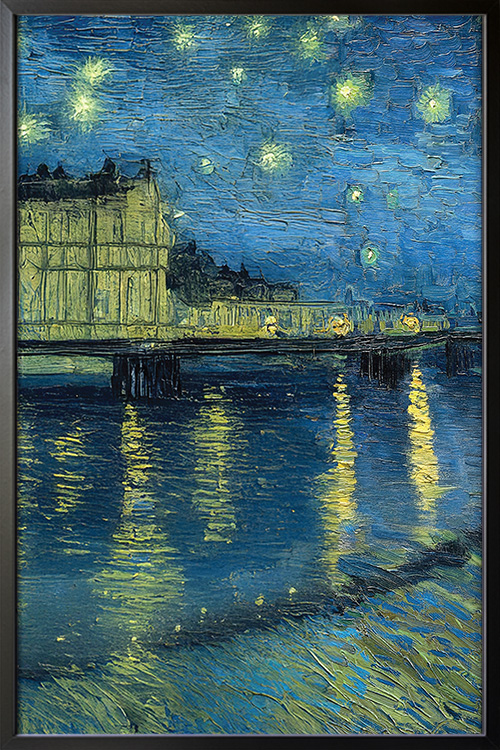
Get lost in the captivating beauty of Rhone’s Starlight Serenade No. 1, a stunning print that channels the essence of Vincent van Gogh’s mesmerizing artistry. This piece exudes a sense of ethereal tranquility with its dreamy brushstrokes and enchanting color palette. This print will transport you to a world of wonder and imagination, like gazing at a starry night sky.

Introducing Rhone’s Starlight Serenade No. 2 – a stunning print that captures the essence of Van Gogh’s iconic painting. This piece will bring a touch of artistic flair to any space, whether it’s hung in a living room, bedroom, or home office. This print’s vibrant colors and intricate details will mesmerize anyone who looks at it, just like the original masterpiece does.
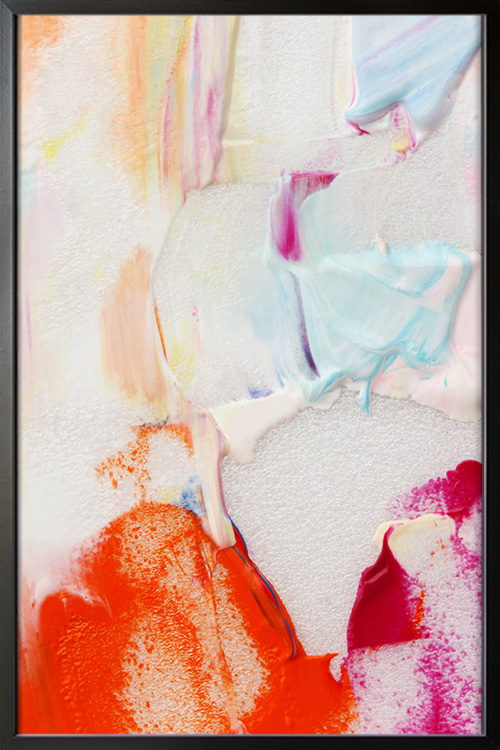
Get ready to add a pop of color to your space with “Sunrise Hues”! This vibrant art print features a dazzling array of bright colors, capturing the beauty of a sunrise in a unique and modern way. Perfect for adding a touch of warmth and personality to any room, this print will instantly liven up your walls and bring a cheerful vibe to your home.










